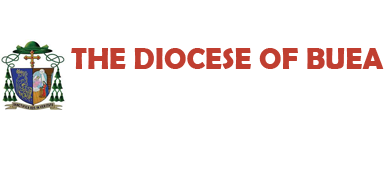
Bishop Bibi provides insights to the Christian community regarding the significance of a conclave, following the burial of Pope Francis on April 26 at Santa Maria Maggiore. The church observes a nine-day mourning period, after which the cardinals will convene to elect a new pope. This conclave is expected to take place within 15 to 20 days, specifically slated for May 7.
Before the conclave begins, the cardinals will hold mass in the morning and afternoon. Once they enter the Sistine Chapel to commence the conclave, communication with the outside world ceases, and they will reside within the Vatican. The appointment process emphasizes spiritual guidance, free from political influence, allowing the cardinals to rely on the Holy Spirit.

Cross section of Christians
The conclave’s duration remains uncertain, but historically, the elections for both Pope Francis and Pope Benedict took only two days. When a new pope is elected, white smoke will emerge from the chimney, signifying the election’s success, while black smoke indicates no decision has been reached yet. A candidate must secure a two-thirds majority. The Camarlengo, Dean, or Vice Dean will then ask the new pope if he is ready to assume the office; upon affirmation, he immediately becomes the pope, with no ordination required. This moment is followed by white smoke signaling the election, after which the new pope is presented to the public in St. Peter’s Square. Plans for the inauguration date will follow. Only cardinals under 80 years of age are eligible to participate in the election.

Family photo after today’s teaching
Bishop Bibi has invited Christians from the Diocese of Buea to pray for the guidance of the Holy Spirit as the cardinals make decisions that will foster the growth of the Church. Notably, the opening of the conclave on May 7 aligns with the 75th anniversary of the canonical establishment of the Diocese of Buea, founded on April 18, 1950.
In addition to discussing the conclave, The prelate reminded Christians about the hierarchy of the Church, which consists of deacons, Priests, and Bishops. He elaborated on the Church’s hierarchy, emphasizing the importance of the Magisterium—the Church’s teaching authority, which interprets the Word of God. He noted that the Pope and bishops, as successors of the Apostles, constitute this Magisterium. These teachings were shared on May 5 at the Immaculate Conception Parish in Great Soppo.



